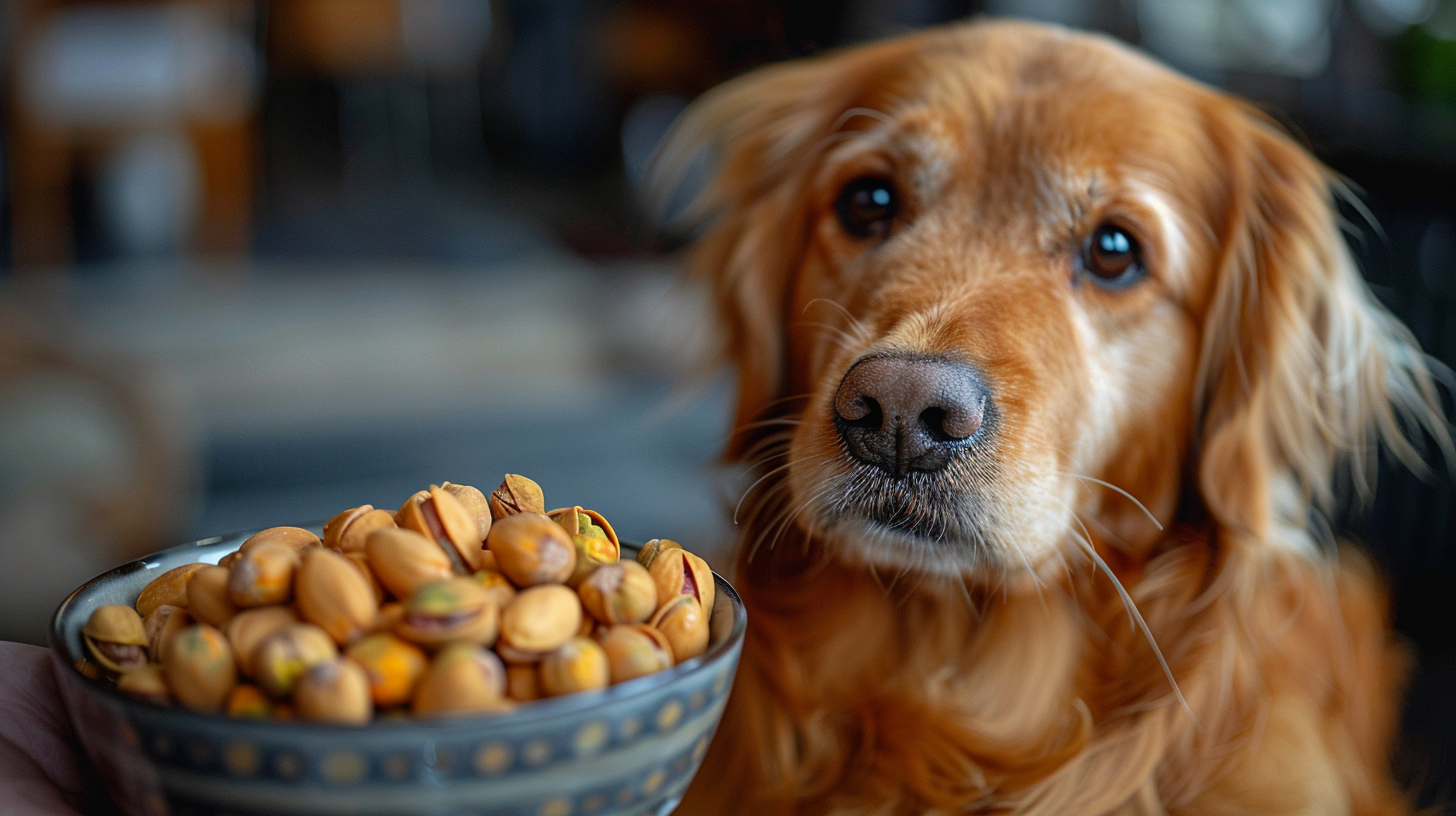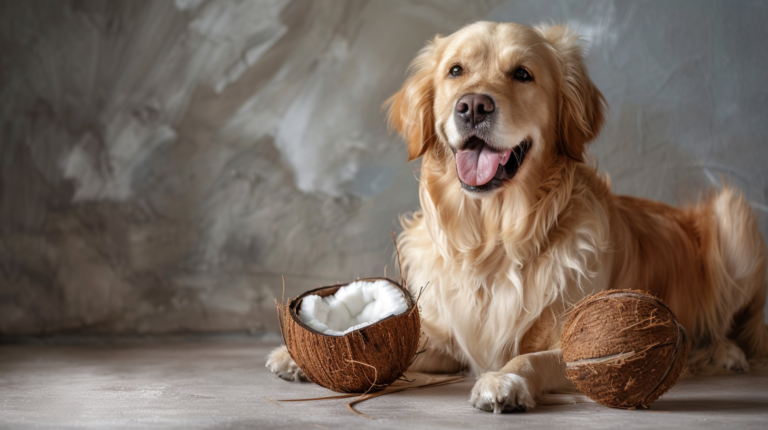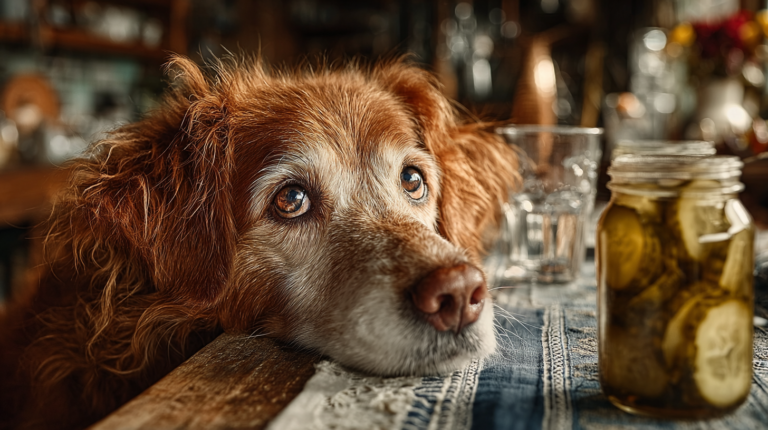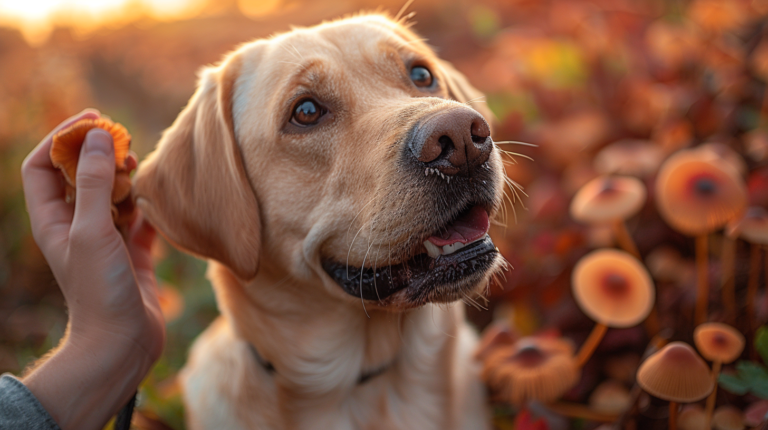Can dogs have pistachios? Discover 5 toxic warnings, symptoms to watch for, and safer alternatives. Essential guide for pet owners to keep dogs safe from pistachio dangers.
Table of Contents
Picture this: You’re enjoying a bowl of pistachios while watching TV, and your furry companion gives you those irresistible puppy eyes. Before you share your snack, you might wonder, “Can dogs have pistachios?” This question is more critical than you might think, as pistachios pose several serious health risks to our canine companions.
Can dogs have pistachios? The short answer is no – dogs should not eat pistachios. While a single pistachio might not cause immediate harm, these nuts contain compounds and present risks that can lead to serious health complications in dogs. From digestive upset to potential toxicity, pistachios are best kept away from your four-legged family members.
Understanding the dangers of pistachios for dogs is crucial for responsible pet ownership. In this comprehensive guide, we’ll explore five toxic warnings, symptoms to watch for, emergency procedures, and safer alternatives to keep your dog healthy and happy.
What Makes Them Problematic for Dogs
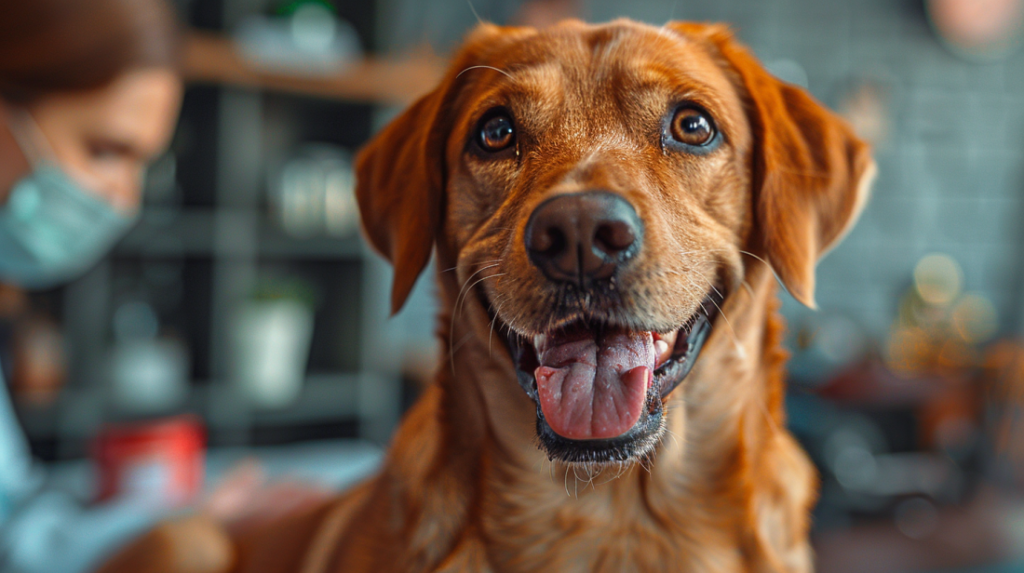
Pistachios (Pistacia vera) are tree nuts that, while nutritious for humans, present multiple hazards for dogs. These green nuts contain several compounds that can be harmful to canines, including high levels of fat, salt, and potentially toxic substances.
The Nutritional Profile That Spells Trouble
A single ounce of pistachios contains:
- 13 grams of fat (20% of daily human intake)
- 160 milligrams of sodium
- 159 calories
- Various proteins and enzymes
For dogs, especially smaller breeds, these concentrations can quickly overwhelm their digestive systems and metabolic processes.
Why Dogs Process Nuts Differently
Dogs have evolved as primarily carnivorous animals with digestive systems optimized for meat and certain plant matter. Their bodies lack the specific enzymes needed to efficiently break down the complex compounds found in tree nuts like pistachios. This fundamental difference in digestion is why many human foods that seem harmless can cause serious problems for our pets.
5 Toxic Warnings: The Dangers of Pistachios for Dogs
Warning #1: Aflatoxin Contamination – The Silent Killer

The Danger: Pistachios are susceptible to aflatoxin contamination, a toxic substance produced by Aspergillus mold. This naturally occurring toxin is one of the most potent carcinogens known and can cause severe liver damage in dogs.
How It Happens: Aflatoxins develop when nuts are stored in warm, humid conditions. Even properly stored pistachios can contain trace amounts of these toxins, which accumulate in a dog’s system over time.
Symptoms to Watch For:
- Lethargy and weakness
- Loss of appetite
- Vomiting and diarrhea
- Jaundice (yellowing of gums and eyes)
- Abdominal pain
- Difficulty breathing
Real-World Impact: According to veterinary toxicology reports, aflatoxin poisoning in dogs can lead to liver failure within 24-72 hours if left untreated. The prognosis depends on the amount consumed and how quickly treatment begins.
Warning #2: Pancreatitis Risk – High Fat Content Catastrophe

The Danger: Pistachios contain approximately 45% fat by weight, making them extremely high-fat foods that can trigger acute pancreatitis in dogs.
The Science Behind It: When dogs consume high-fat foods, their pancreas works overtime to produce digestive enzymes. This overactivity can cause the pancreas to become inflamed, leading to a painful and potentially life-threatening condition.
Breeds at Higher Risk:
- Miniature Schnauzers
- Yorkshire Terriers
- Cocker Spaniels
- Dachshunds
- Poodles
Symptoms Include:
- Severe abdominal pain
- Hunched posture
- Repeated vomiting
- Diarrhea
- Dehydration
- Fever
- Reluctance to eat
Case Study: Dr. Sarah Mitchell, a veterinary internist, reports treating over 200 cases of pancreatitis annually, with approximately 15% linked to dogs consuming high-fat human foods like nuts.
Warning #3: Choking Hazard and Intestinal Blockage
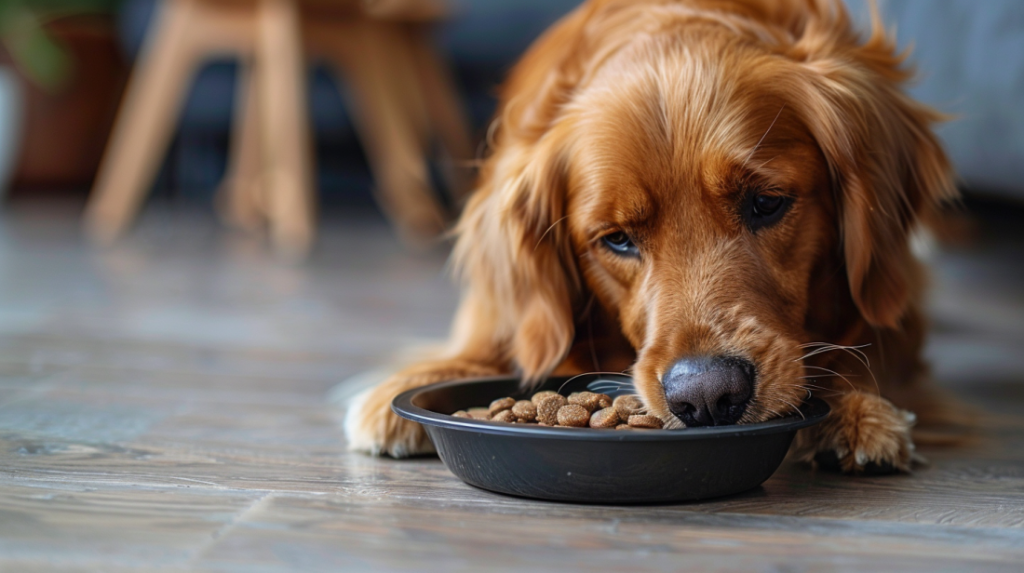
The Physical Danger: Pistachio shells pose a significant choking risk, especially for smaller dogs. Even shelled pistachios can cause problems due to their size and texture.
Intestinal Blockage Risks:
- Shell fragments can create sharp obstructions
- Whole nuts may not digest properly and create blockages
- Multiple nuts can clump together in the digestive tract
Size Matters:
- Small dogs (under 25 lbs): Highest risk for both choking and blockage
- Medium dogs (25-60 lbs): Moderate risk, especially with shells
- Large dogs (over 60 lbs): Lower risk but not immune
Emergency Signs:
- Gagging or retching
- Difficulty swallowing
- Pawing at the mouth
- Abdominal distension
- Straining to defecate
- Vomiting with no food production
Warning #4: Salt Toxicity – The Hidden Danger
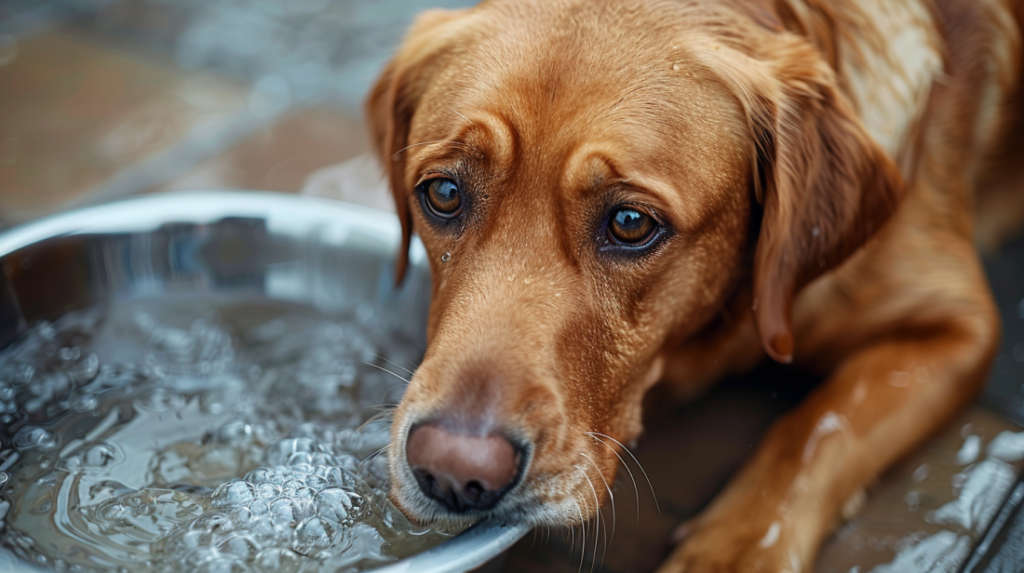
The Problem: Many commercial pistachios are heavily salted, with some varieties containing over 300mg of sodium per ounce. Dogs require only about 100mg of sodium per day for optimal health.
Salt Poisoning Symptoms Progress in Stages:
Stage 1 (Mild):
- Increased thirst
- Frequent urination
- Mild restlessness
Stage 2 (Moderate):
- Vomiting and diarrhea
- Loss of appetite
- Lethargy
Stage 3 (Severe):
- Tremors and seizures
- Difficulty breathing
- Coma
Critical Threshold: Consuming more than 2-3 grams of salt per kilogram of body weight can be fatal for dogs. For a 20-pound dog, this equals just 2-3 teaspoons of salt.
Warning #5: Allergic Reactions and Sensitivities
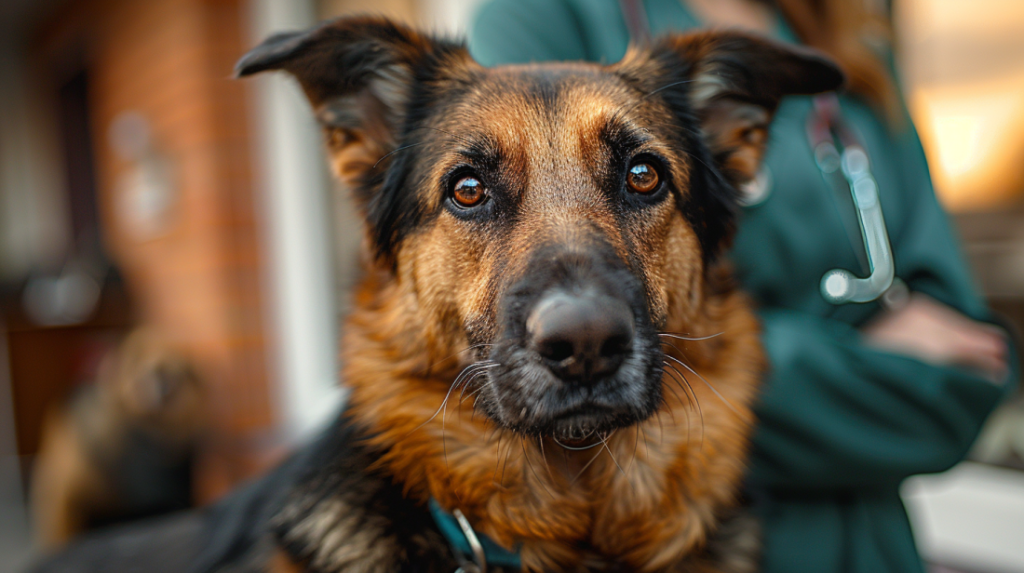
The Immune Response: Some dogs develop allergic reactions to tree nuts, including pistachios. These reactions can range from mild skin irritation to severe anaphylactic shock.
Common Allergic Symptoms:
- Itching and scratching
- Red, inflamed skin
- Hives or welts
- Swelling of face, lips, or tongue
- Difficulty breathing
- Rapid heart rate
Breeds with Higher Allergy Susceptibility:
- Golden Retrievers
- Labrador Retrievers
- German Shepherds
- Bulldogs
- Boxers
Long-term Concerns: Repeated exposure to allergens can lead to chronic skin conditions, ear infections, and digestive issues that may require lifelong management.
Immediate Actions: What to Do If Your Dog Eats Pistachios
Step-by-Step Emergency Protocol
1. Assess the Situation (First 5 Minutes)
- Determine how many pistachios were consumed
- Check if shells were included
- Note your dog’s current behavior and symptoms
- Record the time of consumption
2. Remove Access and Prevent Further Consumption
- Secure all remaining pistachios
- Check for scattered nuts or shells
- Prevent your dog from accessing any dropped pieces
3. Contact Your Veterinarian
- Call your regular vet or emergency clinic
- Provide specific details about the incident
- Follow their professional guidance
- Don’t wait for symptoms to appear
4. Monitor Vital Signs
- Check breathing rate and effort
- Monitor heart rate
- Observe energy levels and behavior
- Note any changes in appetite or thirst
When to Seek Emergency Care Immediately
Red Flag Symptoms:
- Difficulty breathing or wheezing
- Continuous vomiting or retching
- Signs of severe pain (hunched posture, whimpering)
- Seizures or tremors
- Loss of consciousness
- Pale or blue gums
- Swelling of face or throat
Don’t Wait for Multiple Symptoms: Even one severe symptom warrants immediate veterinary attention.
Diagnostic Procedures and Treatment Options
Veterinary Assessment Process
Initial Examination:
- Physical examination focusing on abdomen and throat
- Vital sign monitoring
- Neurological assessment
- Hydration status evaluation
Diagnostic Tests May Include:
- Blood chemistry panel to check liver and kidney function
- Complete blood count
- Urinalysis
- Abdominal X-rays to check for blockages
- Ultrasound if indicated
Treatment Approaches
For Mild Cases:
- Supportive care with IV fluids
- Anti-nausea medications
- Dietary restrictions (bland diet)
- Close monitoring
For Severe Cases:
- Intensive care unit monitoring
- Aggressive fluid therapy
- Pain management
- Emergency surgery if blockage is confirmed
- Liver support medications for aflatoxin exposure
Recovery Timeline:
- Mild cases: 24-48 hours
- Moderate cases: 3-7 days
- Severe cases: 1-2 weeks or longer
Prevention Strategies: Keeping Your Dog Safe
Creating a Pet-Safe Environment
Kitchen Safety Measures:
- Store all nuts in secure, dog-proof containers
- Use child-proof cabinet locks
- Keep counters clear of snack foods
- Educate all family members about pet safety
Household Rules:
- No feeding dogs from the table
- Secure trash cans with tight-fitting lids
- Supervise children when they’re eating nuts
- Create designated pet-free zones during meal preparation
Training and Behavior Management
Essential Commands:
- “Leave it” – Critical for preventing consumption of dropped food
- “Drop it” – Useful if your dog picks up something dangerous
- “Stay” – Helps manage distance during food preparation
Positive Reinforcement Techniques:
- Reward your dog for ignoring human food
- Provide appropriate treats during family snack time
- Use puzzle toys to keep dogs occupied
- Establish consistent feeding schedules
Safer Alternatives: Healthy Treats Your Dog Will Love
Vet-Approved Nut Alternatives
Seed Options (in moderation):
- Sunflower seeds (unsalted, shelled)
- Pumpkin seeds (plain, roasted)
- Chia seeds (small amounts)
Preparation Guidelines:
- Always remove shells completely
- Choose unsalted varieties
- Limit portions to prevent digestive upset
- Introduce new foods gradually
Fruit and Vegetable Alternatives
Safe, Nutritious Options:
| Treat | Benefits | Serving Size | Preparation |
| Carrots | Low calorie, high fiber | 2-3 baby carrots | Raw or cooked |
| Apples | Vitamins A & C | 1-2 slices | Remove seeds and core |
| Blueberries | Antioxidants | 5-10 berries | Fresh or frozen |
| Green beans | Fiber, vitamins | 5-6 beans | Steamed or raw |
| Sweet potato | Beta-carotene | 1-inch cube | Cooked, plain |
Commercial Dog Treats
What to Look For:
- Limited ingredient lists
- Natural preservatives
- Appropriate size for your dog
- Veterinarian recommendations
- Age-appropriate formulations
Brands Recommended by Veterinarians:
- Zuke’s Mini Naturals
- Blue Buffalo Wilderness
- Wellness CORE Pure Rewards
- Freeze-dried single-ingredient treats
Understanding Your Dog’s Nutritional Needs
Breed-Specific Considerations
Small Breeds (Under 25 lbs):
- Higher metabolic rates
- Sensitive digestive systems
- Prone to hypoglycemia
- Require frequent, small meals
Large Breeds (Over 60 lbs):
- Slower metabolisms
- Prone to bloat
- May have joint issues
- Need controlled portions
Senior Dogs:
- Reduced activity levels
- Potential kidney issues
- Medication interactions
- Modified dietary requirements
Life Stage Nutrition
Puppies (0-12 months):
- Rapid growth requirements
- Higher protein needs
- Frequent feeding schedules
- Avoid adult dog treats
Adult Dogs (1-7 years):
- Maintenance nutrition
- Activity-based calorie needs
- Balanced treat portions
- Regular weight monitoring
Senior Dogs (7+ years):
- Reduced calorie needs
- Joint support supplements
- Easier-to-digest foods
- Regular health screenings
Long-term Health Implications
Cumulative Effects of Poor Dietary Choices
Digestive System Impact:
- Chronic pancreatitis
- Inflammatory bowel disease
- Food allergies and sensitivities
- Dental problems
Metabolic Consequences:
- Obesity and weight gain
- Diabetes mellitus
- Liver disease
- Kidney dysfunction
Preventive Care Strategies:
- Regular veterinary checkups
- Consistent, high-quality diet
- Appropriate exercise routines
- Weight management programs
Expert Insights and Professional Recommendations
Veterinary Perspectives
Dr. Michael Thompson, DVM, DACVN (Board-Certified Veterinary Nutritionist): “The question ‘can dogs have pistachios’ comes up frequently in my practice. What many pet owners don’t realize is that the risks far outweigh any potential benefits. The high fat content alone makes pistachios inappropriate for dogs, and the additional risks of aflatoxin contamination and salt toxicity make them particularly dangerous.”
Dr. Lisa Chen, DVM, Emergency Veterinarian: “I’ve treated numerous cases of dogs who’ve consumed pistachios, ranging from mild digestive upset to severe pancreatitis requiring hospitalization. The key is prevention – keeping these nuts away from dogs entirely is the safest approach.”
Statistical Insights
According to the ASPCA Animal Poison Control Center:
- Tree nut consumption accounts for approximately 3% of all pet poisoning cases
- Dogs under 25 pounds are 4 times more likely to experience severe complications
- Early intervention reduces hospitalization time by an average of 60%
Can Dogs Have Pistachios (FAQ)
Q1: Can dogs have pistachios in small amounts?
A: No, dogs should not have pistachios in any amount. Even small quantities can pose risks due to their high fat content, potential aflatoxin contamination, and salt content. The risks always outweigh any potential benefits.
Q2: What should I do if my dog ate one pistachio?
A: Monitor your dog closely for the next 24-48 hours for symptoms like vomiting, diarrhea, lethargy, or difficulty breathing. Contact your veterinarian to report the incident and follow their guidance. One pistachio is unlikely to cause severe problems in larger dogs, but smaller dogs may be at higher risk.
Q3: Are unsalted pistachios safe for dogs?
A: No, even unsalted pistachios are not safe for dogs. They still contain high levels of fat that can trigger pancreatitis and may have aflatoxin contamination. The salt content is just one of several concerns with pistachios.
Q4: How long does it take for pistachio poisoning symptoms to appear?
A: Symptoms can appear anywhere from 30 minutes to 72 hours after consumption, depending on the amount eaten and the specific reaction. Digestive symptoms typically appear first (2-6 hours), while more serious complications like pancreatitis may take 12-24 hours to develop.
Q5: Can dogs be allergic to pistachios?
A: Yes, dogs can develop allergic reactions to pistachios and other tree nuts. Symptoms may include itching, skin irritation, swelling, vomiting, or difficulty breathing. If you suspect an allergic reaction, contact your veterinarian immediately.
Q6: Are there any dog breeds that can safely eat pistachios?
A: No, there are no dog breeds that can safely consume pistachios. All dogs, regardless of size or breed, face the same risks from pistachio consumption, though smaller breeds may be more susceptible to severe complications.
Take Action for Your Pet’s Health
For more expert pet care tips and product recommendations, visit BlithePet.com — your trusted source for pet wellness. Our comprehensive guides and veterinarian-approved advice help you make informed decisions about your pet’s health and safety.
Conclusion
The question “can dogs have pistachios” has a clear answer: no, dogs should not eat pistachios under any circumstances. The five toxic warnings we’ve explored – aflatoxin contamination, pancreatitis risk, choking hazards, salt toxicity, and allergic reactions – demonstrate why these nuts pose serious health risks to our canine companions.
Remember that prevention is always better than treatment. By keeping pistachios and other dangerous foods away from your dog, maintaining a pet-safe environment, and providing appropriate alternatives, you can ensure your furry friend stays healthy and happy.
The key takeaways for responsible pet ownership include understanding the specific risks pistachios pose, recognizing emergency symptoms, knowing when to seek veterinary care, and providing safe, nutritious alternatives that your dog will enjoy just as much.
Your dog’s health and safety depend on the choices you make every day. By staying informed and vigilant, you’re taking the essential steps to protect your beloved companion from preventable health crises.
Have a similar experience with your pet? Share it in the comments below!

